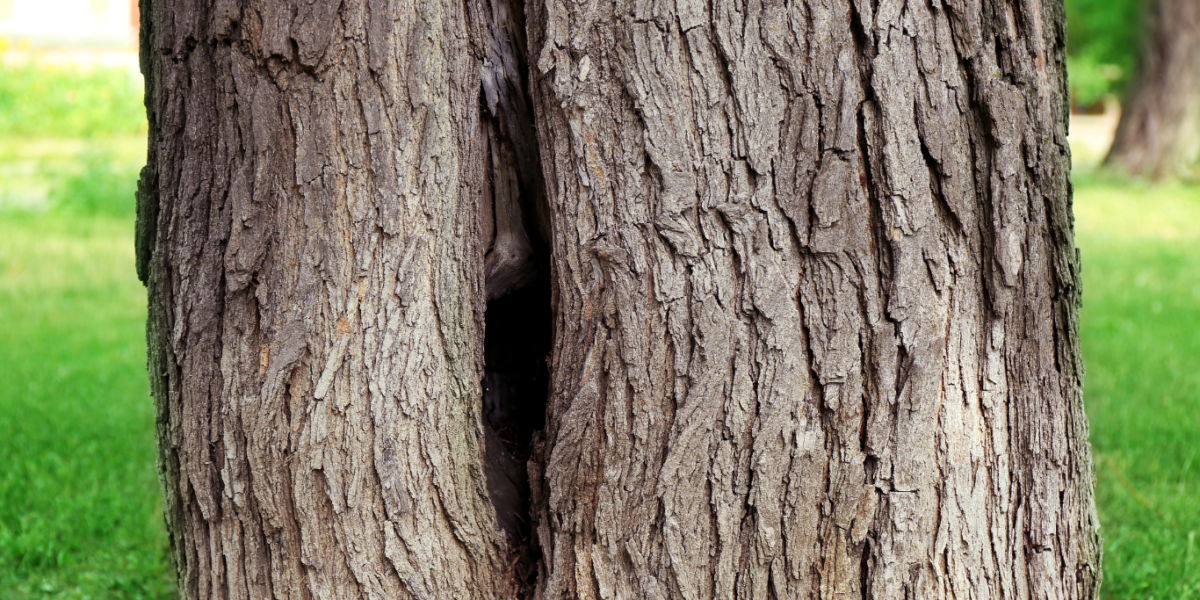- July 24, 2023
- By admin
- Taiga Tips
- (0) Comment
How to Identify Hazards Trees and when to seek professional assistance. As majestic as trees are, they can also pose risks if not properly cared for. Tree risk assessment is a crucial process that helps identify potential hazards and ensures the safety of people and property in the vicinity of trees. As a reputable tree service company, we understand the significance of tree risk assessment in maintaining a safe environment.
What is Tree Risk Assessment?
Tree risk assessment is a systematic evaluation of trees to determine their potential for failure and the likelihood of causing harm or damage. Certified arborists conduct these assessments to identify hazardous trees and recommend appropriate measures to mitigate risks. The assessment considers various factors, including the tree’s health, structural integrity, and environmental conditions, to make informed decisions.
The Significance of Tree Risk Assessment
Tree risk assessment plays a vital role in maintaining a safe environment for several reasons:
Public Safety: Assessing trees for potential hazards helps prevent accidents and injuries to people passing by or residing near them.
Property Protection: Identifying hazardous trees early on can prevent property damage caused by falling branches or entire trees during storms or adverse weather conditions.
Environmental Preservation: Removing hazardous trees in a controlled manner safeguards the surrounding ecosystem.
Cost-Effective Management: Regular risk assessments enable proactive tree care, reducing the likelihood of emergency tree removal and associated costs.
Recognizing Signs of Tree Hazards
While professional arborists are best equipped to conduct comprehensive tree risk assessments, here are some common signs of tree hazards that property owners can keep an eye on:
Leaning Trees: Trees with significant lean, especially when combined with soil heaving or exposed roots, may be at risk of uprooting.
Dead or Diseased Branches: Dead, diseased, or decaying branches can break off unexpectedly and pose a danger to people and property.
Cracks or Splits: Visible cracks or splits in the trunk or major branches indicate structural weaknesses.
Cavities or Hollows: Large cavities or hollows in the trunk can compromise a tree’s stability.
Root Damage: Damage to a tree’s root system from construction, excavation, or compacted soil can weaken its stability.
Fungal Growth: Fruiting bodies of fungi on the trunk or root flare may indicate internal decay.
Cankers and Wounds: Open wounds or cankers on the bark can be entry points for pests and diseases, weakening the tree.
When to Seek Professional Assistance
If you notice any of the signs mentioned above or have concerns about the health and safety of your trees, it’s essential to seek professional tree risk assessment. Certified arborists have the expertise and tools to conduct thorough evaluations and provide suitable recommendations for tree care or removal, if necessary.
Tree risk assessment is a critical aspect of responsible tree management, ensuring the safety of people and property while preserving the natural beauty of trees. By recognizing signs of tree hazards and seeking professional assistance, we can proactively address potential risks and create a safer environment for everyone. As a dedicated tree service company, we encourage property owners to prioritize tree risk assessment and partner with certified arborists for expert advice and solutions.


